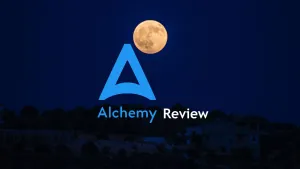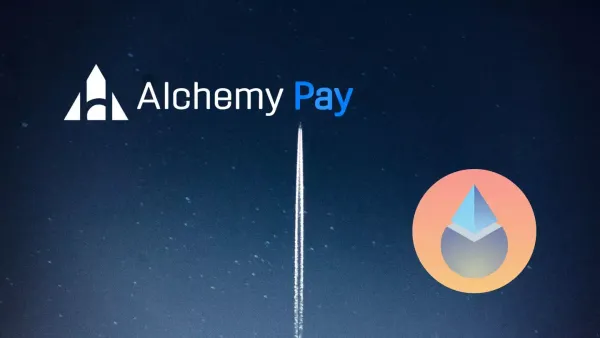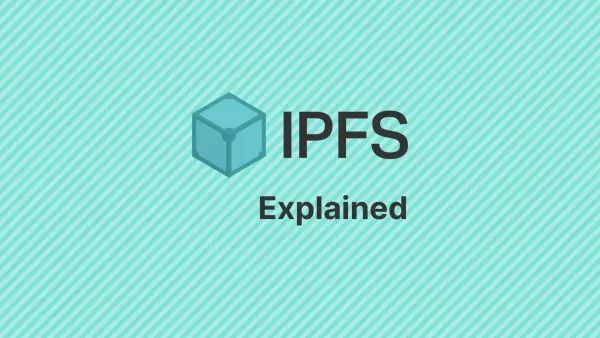Content creation is the one of the many businesses likely to be affected by the rise of Web3 technologies like blockchain, cryptocurrencies, NFTs, and decentralized applications. Because Web3 decentralizes power and opens up new economic models and incentives, it has the potential to completely transform how information is produced, shared, consumed, and monetized.
But achieving this goal won't be easy. The content creation sector will have a difficult time implementing Web3, from problems with user accessibility to blockchain technology's scalability limits. Web3 also raises challenging ethical and legal issues related to copyright, sustainability, and content governance.
Opportunity Of Web3 In Content Creation
In terms of content creation, distribution, consumption, and monetization, Web3 presents the content creation industry with several fundamental possible clients.
1. Innovative Ways to Create Content
Web3 creates new ways for content creation by shifting incentives and promoting cooperation. Large-scale entertainment project funding and coordination are made easier by decentralized autonomous organizations (DAOs), which operate on a tokenized, decentralized model.
Web3 incentives can also promote user-generated content by utilizing "play to earn" models that reward authors and curators. Open ecosystems with built-in incentives may replace closed ecosystems like YouTube as the primary location for content creation development.
2. New Techniques for Distributing Content
Web3 provides advancements in content distribution by removing centralized platforms. Web3 infrastructure makes practical innovative distribution methods such as NFT galleries, metaverse movie theatres, and decentralized streaming apps. These approaches increase transparency at the same time as reducing centralized sources of control.
Platforms that are owned and controlled by users may also arise, provided that the underlying system is open and decentralized. This makes it possible for consumers to own and manage portable digital products and services.
3. Direct Monetization of Content
Web3 offers new economic structures that expand producer's opportunities for profit. Direct ownership of media assets, such as music, artwork, collectibles, or virtual products, is permitted under NFTs. New kinds of crowdfunding finance, such as the issuing of branded cryptocurrency tokens and decentralized reward systems, are made possible by DAOs.
4. Accessing Content Created by Users
By balancing incentives among producers, curators, and consumers, Web3 enables the creation of user-generated content at scale. "Play to earn" chances are also created via tokenized content access structures. When users do activities, reach milestones, or recommend friends, creators are compensated.
5. Permanent Content Immutability
Transparency about content ownership and history is created by storing metadata and assets on IPFS and blockchain, which provide unchangeable records. This addresses issues such as content that vanishes or gets removed from platforms.
New use cases, such as partial IP ownership, digital asset sales, and interoperable metaverses, are made possible by content immutability. Users start to genuinely own content, and it becomes accessible across occasions.
Web3 can help content gradually move from being consumed as disposable, unsupported content to becoming owned digital assets that have inherent value that users can transfer and control.
Challenges of Web3 For Content Creation
While Web3 promises to empower content creators with ownership and democratize content distribution, it doesn't come without its challenges.
1. Scalability
Compared to centralized databases, blockchains are limited in their potential to scale. On chains like Ethereum, transaction speed is limited, posing a danger of congestion for well-known NFT dApps or applications.
The number of transactions required to sustain mainstream media apps with millions of daily active users is currently unmatched by any blockchain. Limitations such as decentralization costs are introduced even by techniques like sidechains and layer 2 scaling.
2. UX And Usability Barriers
For most users, current Web3 experiences also have challenging learning curves. The difficulty arises from utilizing cryptocurrency wallets, managing private keys, and comprehending blockchain ideas. For new users, monetization mechanisms such as gas costs might be confusing.
For the majority of consumers, creating, sharing, and consuming content is still simpler with Web2 apps like YouTube or Instagram. For Web3 IDEs, asset markets, social media sites, and content applications to become widely used, their usability must be drastically improved.
3. Interoperability
With various ecosystems surrounding each blockchain and little interoperability, Web3 is still quite fragmented. Discoverability and portability are further hindered by the absence of standards for data, identification, and content metadata.
Creators are unsure about which chains and protocols to build on. NFTs and other media assets frequently have difficulty moving across platforms. If no open standards are developed, Web3 runs the danger of only producing more platform monopolies.
4. Regulatory Issues
Content creation firms also have additional legal considerations related to securities laws, KYC/AML, data privacy, copyright, and moderation duties as a result of Web3 business models. Legal hazards arise from unclear regulations.
Governments continue to assess Web3's implications for rules about taxes, consumer protection, anti-money laundering, and censorship. Enterprise adoption is slowed by this ambiguity until standards are defined by regulatory structures.
5. Environmental Sustainability
Blockchains based on proof-of-work demand a lot of processing power, which raises questions about environmental sustainability. The shift of Ethereum to proof-of-stake will assist, but there are still energy limits in crypto mining.
Content creation firms are putting more and more emphasis on net zero standards and ESG activities. If sustainability doesn't improve, adopting carbon-intensive Web3 systems might increase the danger of harming public opinion.
Although Web3 has the potential to revolutionize content production, there are still many obstacles to overcome due to its emerging technologies and infrastructure. Accessibility and monetization are limited by high transaction costs, sophisticated user interfaces, and limited discoverability.
Future Of Web3 Content Creation
Over the next few years, Web3 will allow for an entire shift in the creation, distribution, and consumption of media if certain major obstacles are overcome. These are some probable distinguishing traits of the Web3 media landscape.
1. User-Owned Platforms
The centralized social media enterprises of today will give way to user-run, open ecosystems. Contributors will jointly own the platforms, and decentralized processes such as token-based voting will be used for governance.
2. Portable Reputation and Identity
The audience and identity of creators will not be platform-specific. Unrestricted accessibility of digital identities is made possible by standards like decentralized IDs and verified credentials.
3. Post-Advertising Business Models
Web3 models including NFT sales, crowdsourcing, tipping, syndication, and consumption-based micropayments will overtake the ad-supported model in popularity. Direct value exchange replaces commercialized perceptions in the media.
The potential for significant transformation in content creation is becoming more and more evident as Web3's infrastructure develops and legal frameworks adjust. Once these initial challenges are overcome, a fundamental change will occur, bringing artists into a more open and rewarding creative environment. In the future, they will be enabled by ownership, thriving networks, and creative monetization strategies.
Conclusion
As Web3 aims to revolutionize the content creation and entertainment landscape, the next few years are expected to see new levels of creativity and disruption. However, this change comes with multiple challenges and uncertainties, which the creative and technological industries must deal with responsibly.
Web3 may reach its huge potential if developers, businesses, and regulators work together to address concerns related to scalability, usability, interoperability, compliance, and sustainability. In a more decentralized digital environment, users may eventually have ownership over their identities, data, content, and money.










